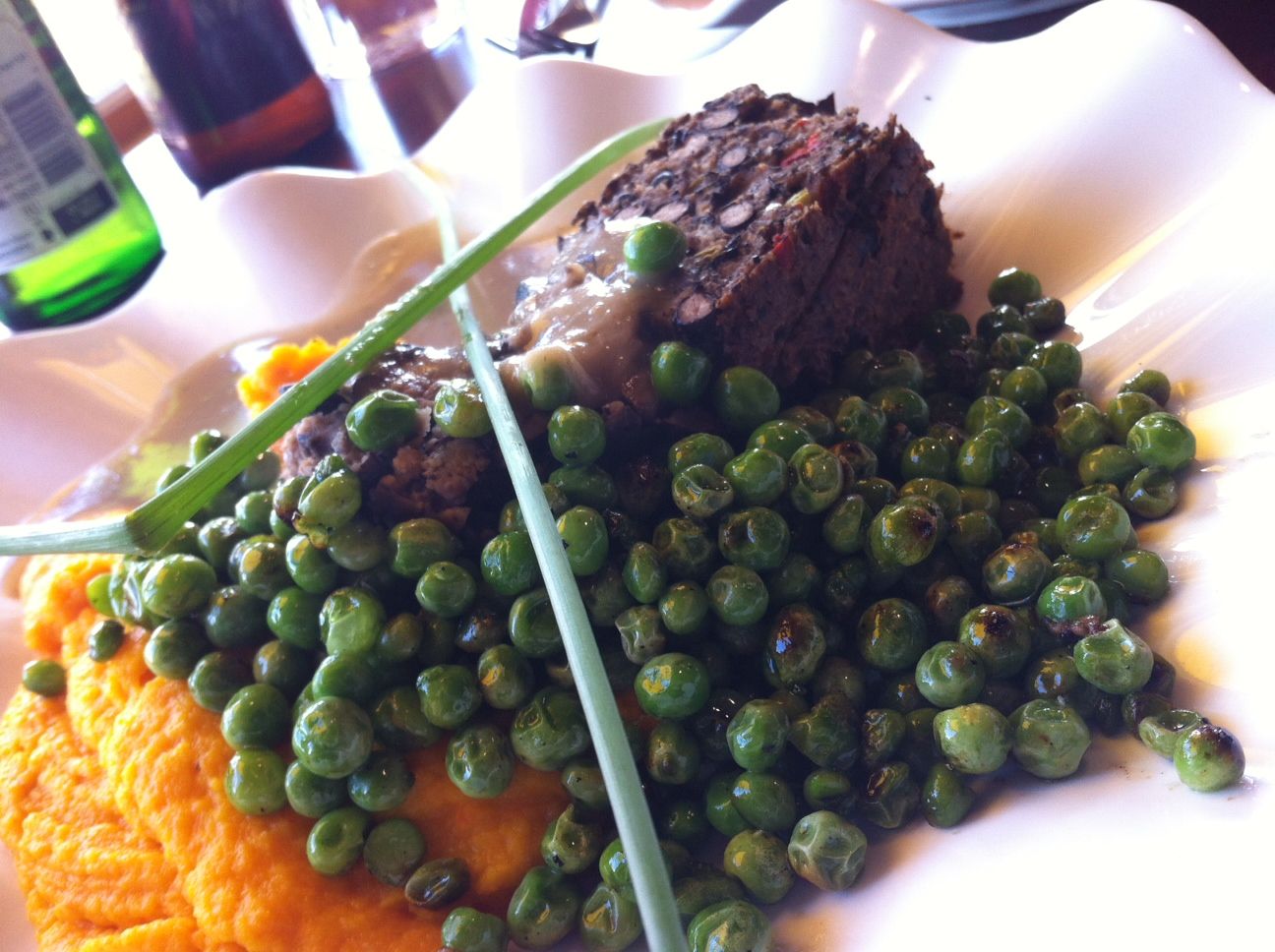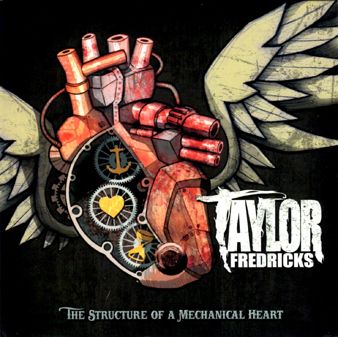His drawings are grand. His tools are simple. Htoo Doh reveals the strength and subtleties of the human spirit in drawings that are executed with such high accuracy they are often mistaken for photographs. With a tuft of cotton, an eraser, a soft brush and a bit of charcoal, Doh captures a life from which he was forced to flee. Portraits depicting Burmese elders with creped, wrinkled faces framed by strands of tribal beads conjure stories of survival and struggle. A contrasting piece shows a young child with a porcelain complexion and a tear falling down her cheek, speaking in a silent yet powerful voice that calls for help, as if she witnessed her own, frightening future in a looking glass. The life Doh left behind in Burma was quite different from the daily grind that many of us in northeast Indiana have grown to consider blasé. Doh was born in Burma, now Myanmar. As a child he witnessed war crimes in the streets.
“Everyday life was under gunfire. We lived in a war zone,” said Doh. “I once caught malaria and almost died. We went out for medicine one night, and the Burmese army arrested me. They wanted me to become a porter and carry a machine gun.” The Burmese soldiers kept his father but released Doh. “If I went with them I would have died,” says Doh. “My malaria got so bad. My stomach hurt so bad. I know if I would have gone with them I would have died. I needed medicine.”
Doh is Karenni. He belongs to an ethnic group that has been engaged in a war of resistance against Burmese forces since 1948. During our interview, Doh seemed reluctant to divulge the details of what he had seen, as if he were embarrassed to have witnessed such ugly brutality. He quickly brushed over the topic with a matter-of-fact description, using the same tone many of us use to speak about our list of daily errands. “In Burma, [the] military shoot or arrest you or rape women. At any age. It didn’t matter. People were treated like they were meaningless. Like they were animals,” said Doh. “The Karenni call it ethnic cleansing or secret genocide.”
Doh left his family and fled to Thailand, a bordering country, when he was 14. He was homeless and alone from 1999 to 2002. He tried to enter a refugee camp in Thailand but was soon cast away because he didn’t have official refugee papers. During those years, Doh did his best to survive. He helped other people in need and asked for a place to sleep in return. Because he didn’t speak Thai, it was impossible for him to find a proper job. He relied on his own resources and managed to keep himself alive until he reached the magic age of 18. At that age, one no longer has to rely on an adult to apply for refugee papers. With proper documentation, Doh entered a refugee camp that offered free education to those who wanted to participate. He lived in the camp in one of about 6,000 huts that consisted of nothing more than grass roofs pitched over dirt floors.
In 2004 Doh started drawing. He was 20 years old when he met an artist named Saw Kennedy. Kennedy also lived in a bamboo house with no walls. “There were no windows or doors, only posts that held up a roof. The kitchen was very basic and it was outside.” Doh and Kennedy met at a New Year’s celebration where Kennedy was showing his artwork. “He was the best artist I ever met,” said Doh.
Doh was fascinated by Kennedy’s work and technique. He watched him closely, and they soon developed a close bond. Doh studied and drew alongside his mentor. He eventually moved in with Kennedy, his wife and their son, Junior. Doh connected with drawing very quickly. He drew with incredible detail right away. His skill level was so high that Kennedy signed his established name to Doh’s work so the pieces could bring in a higher price at the market. Doh was proud to represent Kennedy and also dedicated to refining his craft. He learned to pay close attention to minute detail. After studying for four years with Kennedy, Doh finally earned the right to sign and sell his own work. “I never signed my own drawings until 2008,” he said.
Kennedy and Doh parted ways when Kennedy was forced to move to the United States after he was listed as a threat to the Burmese government for drawing portraits of Aung San Suu Kyi, the Myanmar resistance leader and Nobel Peace Prize winner. Drawings such as these are illegal in Myanmar. Kennedy was quickly accepted by his new home near Seattle, Washington where he was invited to show four pieces of his work at the Seattle Center just two weeks after he arrived in the United States.
Doh eventually made his way to the United States as well. His wife was chosen from a list of refugees to settle in Fort Wayne. One month later, Doh was offered a place to live in Pennsylvania where he attended Montgomery County Community College and studied to earn his criminal justice degree. He recently moved to Fort Wayne to reunite with his wife and hopes to earn a position as a police officer.
Doh’s work as an artist is just as impressive as his mentor’s but, unfortunately, not as appreciated. His talent is still undiscovered. Doh represented himself with one portrait in a recent Wunderkammer show, but he was shyly discreet at the event. Doh explained to me, “I thought no one liked my work. I was embarrassed.” I, on the other hand, witnessed people at the show stepping close to the frame and remarking in surprise, “That’s a drawing!” after first assuming the piece was a photograph.
Perhaps his work was too good. Perhaps most viewers casually walked past thinking the piece was captured with the tap of a finger on a camera rather than with hours of work with a brush and a small pile of powdered charcoal.
Part of this confusion may stem from the fact that Doh draws from photographs. He uses photos of Burmese dressed in traditional costumes as reference to capture his culture. He wants to preserve his heritage and share his traditions with the rest of the world.
Doh’s skill level places him on the same shelf as highly successful artists. His humble personality doesn’t allow him to agree with praise. Doh considers himself a hobbiest. “I see myself as someone who loves art. I do not see myself as an artist. I believe every artist has his own style. It doesn’t matter what type of art. I respect everyone. I can feel the art.”
Doh doesn’t see the creation of art as part of his future. He loves to draw, but can’t see how the practice can help him earn a living. Doh is anxious to work as a police officer, but with no immediate prospects of a new academy class being hired, Doh funnels his skills into working as an interpreter. Like most refugees, he is focused on earning enough money to support a meager lifestyle. He works hard and finds little time to draw, but is open to doing portrait work on commission. Doh doesn’t realize the potential that is held in his brush. “Most of my art I just give away to people. Once I threw a lot of my portraits away and a lady picked them out of the garbage,” he said.
Doh is a man of great talent who carries with him the story of a full life. As a young man who has already overcome great obstacles, one can’t help but wonder how the future chapters in his life will read. Perhaps the pages will be wordless, with his story captured by detailed smudges and highlights rendered in charcoal directed by years of practice, patience and passion.
 Submit Your Event
Submit Your Event


